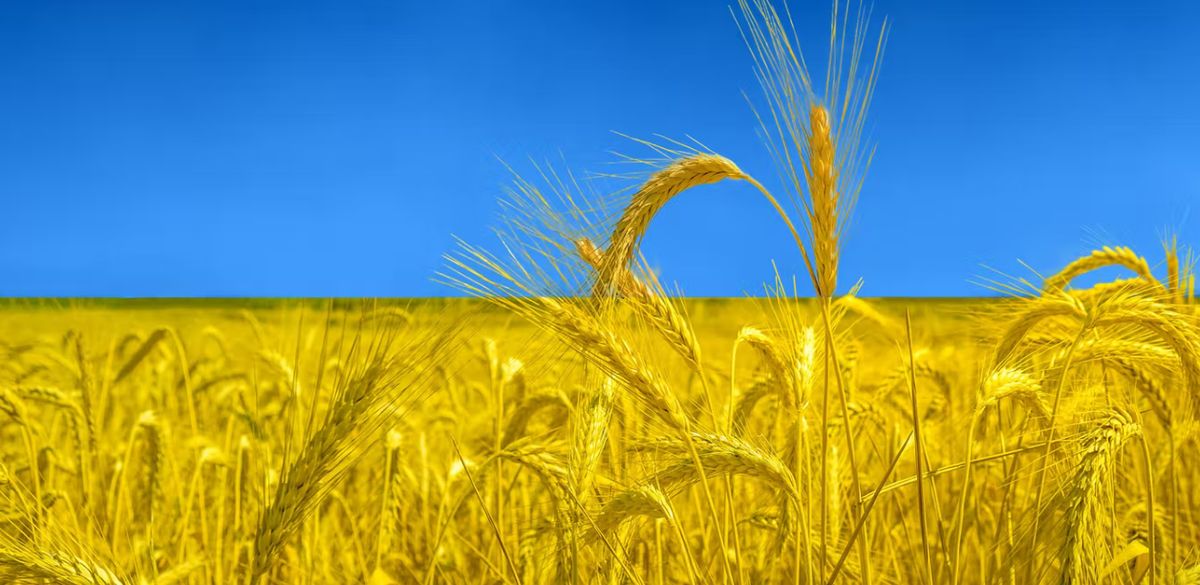UkrAgroConsult. Grain S&D updates, 2023/24 season, April

Article author:
The blockade of seaports at the beginning of 2022/23 season (July-early August 2022), resulted in slow wheat exports recovery. However monthly exports for January-March 2023 being above the five-year average for these months.
The main buyer of Ukrainian wheat is Turkey with a 20% share of the total exports. Turkey is the main coordinator of the grain deal. Romania and Poland with shares of 16% and 7% respectively, are the second and fourth biggest wheat importers. These countries actively oppose uncontrolled imports of Ukrainian grain.
The curve of monthly barley exports was similar to the wheat exports curve, but the exports in 2022/23 season have significantly decreased due to the poor 2022 barley production. China – the buyer #1 of Ukrainian barley in previous seasons – dropped to the fourth place in the list of top importers. Turkey and Spain continued to buy actively Ukrainian barley, with equal shares in Ukrainian imports – 21%. Romania was the main destination in 2022/23 season, but as Eurostat reported, only 16% of barley imports from Ukraine in the first half of the season (July-Dec.2022) remained in the country, the rest was transited to third countries.
As foreign demand remains consistently high, UkrAgroConsult raises estimate of wheat and barley exports in 2022/23 season due to upward revision of 2022 production.
Corn exports share in Ukraine’s total grain exports is nearly 55%. In the current season of 2022/23, China has been carefully increasing its Ukrainian corn imports. Anyway, in December 2022 China imported more than 800 K mt of corn and since then China has been importing similar volumes every month. This has allowed China to become the first among the main buyers of Ukrainian corn. Romania is the second buyer, but the bulk of the imported corn was transited through Romania to the port of Constanta, as the target markets for Ukrainian corn include Asian and African destinations.
According to the Ukrainian Hydrometeorological Center, as of the end of March, winter crops were in good to excellent condition in most areas, with damage not exceeding 3-5%. At the end of March, winter crops were in the tillering, nodal root and 3rd leaf stages, and in some areas of the northern regions, still in germination. The temperature of the upper soil layer is +7…+10 °C, which allows sowing all early grain crops on the best time. Sowing of spring barley and wheat continues, germination and seedlings are observed in early sowed fields.
In March, precipitation was 14% higher than normal, which resulted in sufficient (sometimes even excessive) moisture stocks in most areas. This, together with the approaching temperature increase, may be a prerequisite for a good grain productivity. Fertilizer prices in Ukraine have been declining for five months in a row, meaning the gap between the multiyear average yield and the 2023 grain yields may be smaller than previously expected.
UkrAgroConsult raises estimate of wheat and barley yields in 2023 up.
Full version of the article is available to subscribers of ‘BLACK SEA GRAIN’ Weekly Report by UkrAgroConsult.
Request a free a sample report and apply for subscription here.
Be confident with your business and trade strategy based on professional analysis and forecasts of the Black Sea agri market.
Further development of the Black Sea and global grain and oilseeds markets will be discussed by UkrAgroConsult analysts and leading agribusiness operators at the EURO GRAIN HUB Exchange & Forum on April 26-28 in Bucharest, Romania. Join the key stakeholders from the Black Sea region, Central & Eastern Europe and Balkans, contributing to the global commodity supply chain.
Write to us
Our manager will contact you soon




